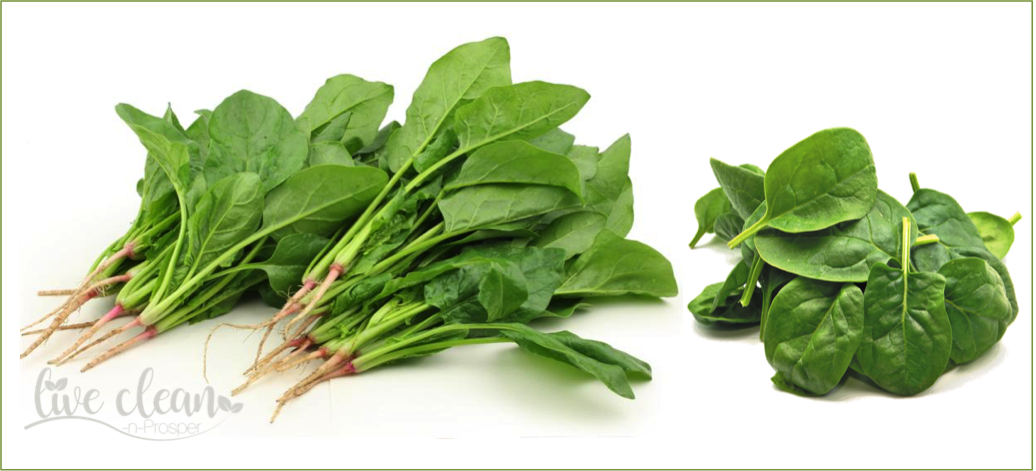Today i’m going to tackle the myth that Spinach provides us with lots of Iron.
The idea that spinach contained exceptional levels of iron originated in 1870 with a German chemist named Erich von Wolf. Dr Von Wolf was researching the nutritional benefits of this leafy vegetable. In his notes, he accidentally printed the decimal point in the vegetable’s iron content in the wrong spot. 3.5 grams of iron suddenly became 35 grams, an extremely high amount of iron.
Those figures remained unchallenged until 1937, when it was discovered that the content was 1/10th the claim. The oversight resulted from a misplaced decimal point.
The cartoon character Popeye also popularised the idea of high iron content in spinach. In fact, spinach growers credited Popeye with a 33% increase in U.S. spinach consumption and saving the industry in the 1930s, according to Popeye’s official website.
The nutrition facts
Spinach doesn’t have that much more iron than other leafy greens like broccoli and kale. One cup of raw leaves has .81 milligrams of iron, while the same amount of broccoli has .66 mg. and kale has .24 mg.
Although it contains higher levels of iron and calcium, the rate of absorption is almost nil. This is due to it containing high levels of oxalic acid, a food component that inhibits iron and calcium absorption.
Despite its unusable iron and calcium content, Spinach is still a highly nutritious vegetable. It’s rich in several important minerals, proteins, and vitamins. It’s juice is also said to be the most potent for the prevention of cancer cell formation. Research has shown that those who eat spinach daily are less likely to develop lung cancer. It is also a good source of the B vitamin, Folate, that promotes normal foetal development during pregnancy. (Source – www.innvista.com)
Spinach is often paired with dairy products, especially cheeses in many recipes. In the Middle East and Greece it is often teamed with feta or haloumi, while Italians combine it with ricotta or parmesan. However, pairing this dark green vegetable with dairy can lessen the amount of calcium your body absorbs from the dairy products.
The different varieties
English spinach, or true spinach, is often confused with silverbeet. Spinach, however, has a smaller, flatter leaf and green veins, as opposed to the white veins of silverbeet.
Baby spinach is a flat-leaf green with soft, tender and mild-flavoured leaves. Usually sold pre-washed, it requires no advance preparation. Because the stems are so tender, there is no need to remove them. It’s perfect raw in salads, and can be added at the last minute to many dishes, or used in any recipe requiring English spinach.
Silverbeet is a close relative of spinach and beetroot, and is believed to have originated in the Mediterranean. Silverbeet is also best with the stalks removed and cooked. Cook as briefly as possible to retain maximum nutrient content.
So whichever type of spinach you prefer, continue to enjoy it. Just don’t rely on it as a source of iron or calcium.
Till the next post,
Live clean n prosper.



